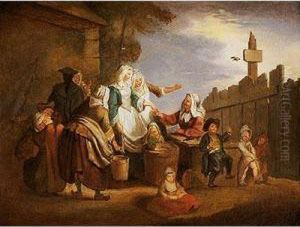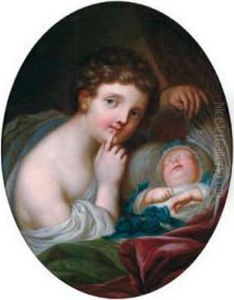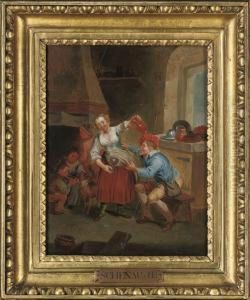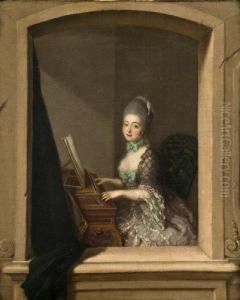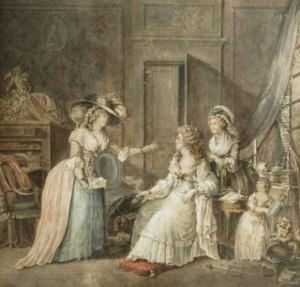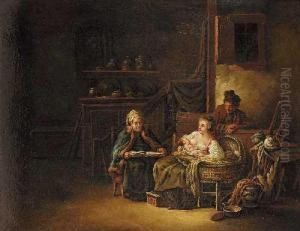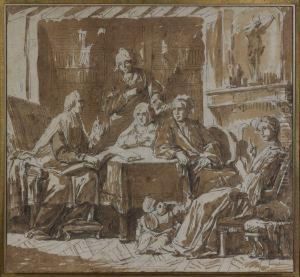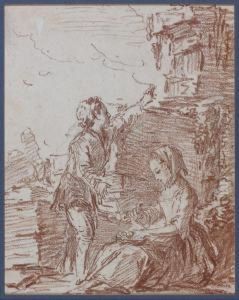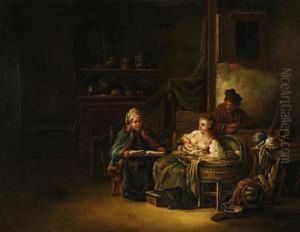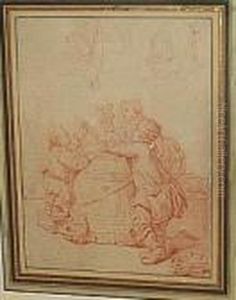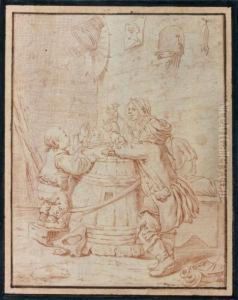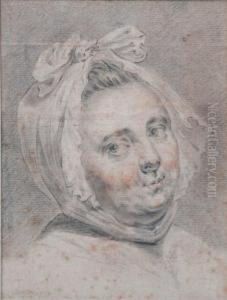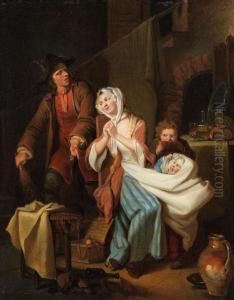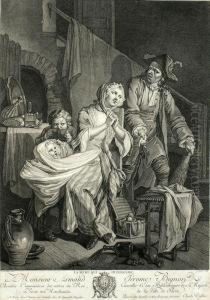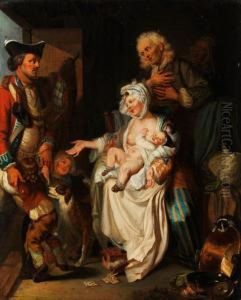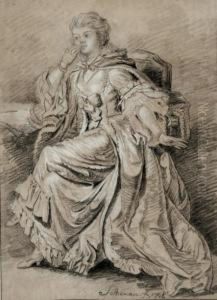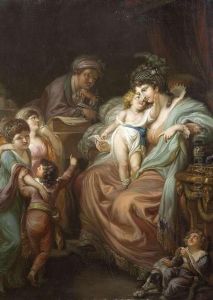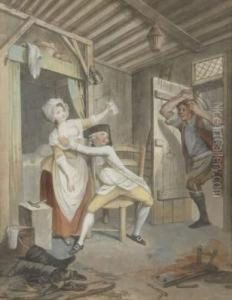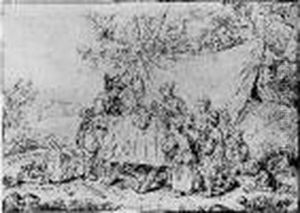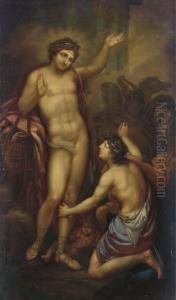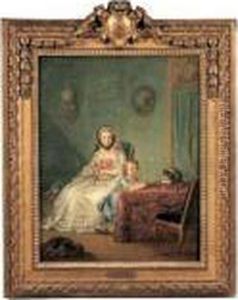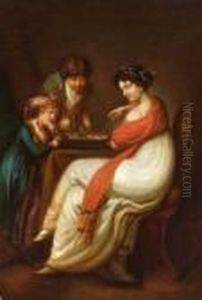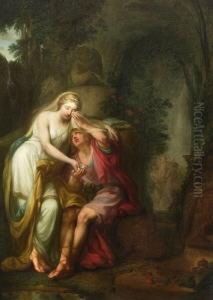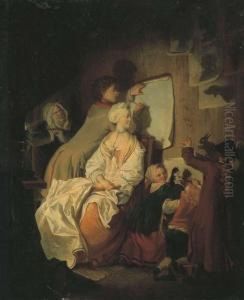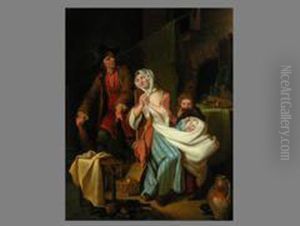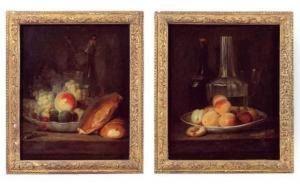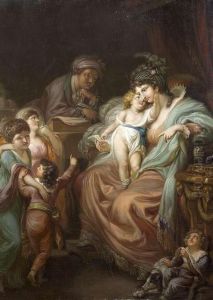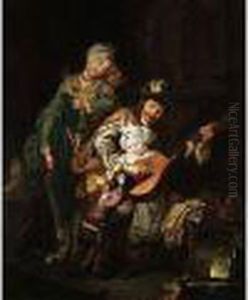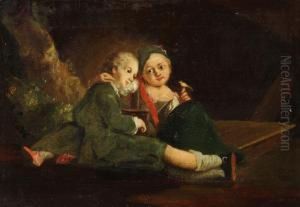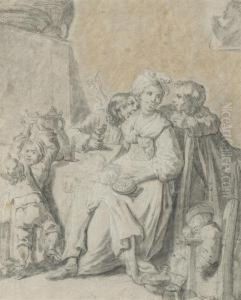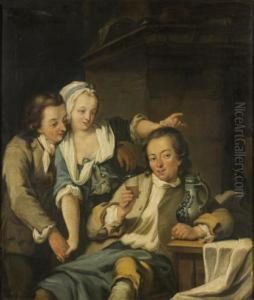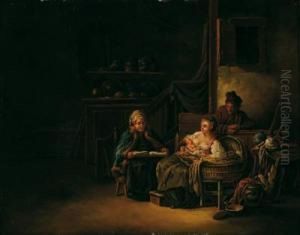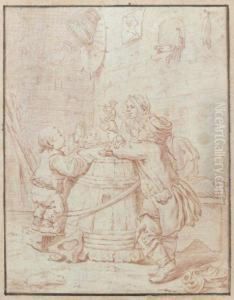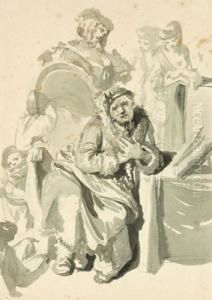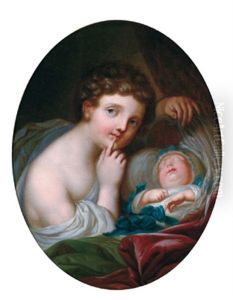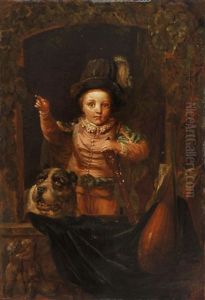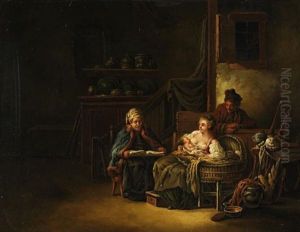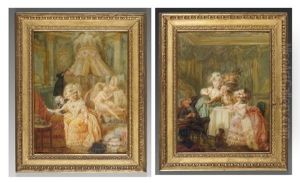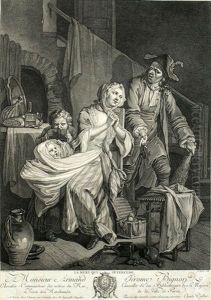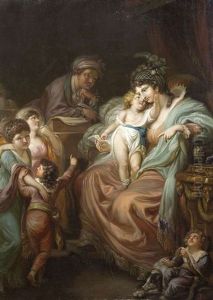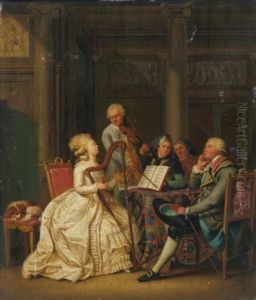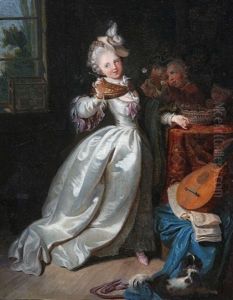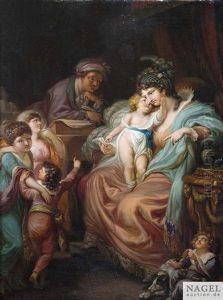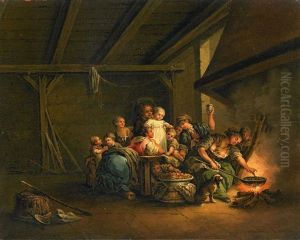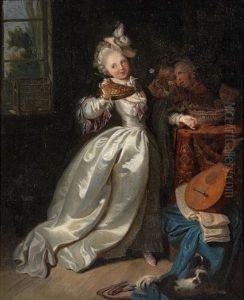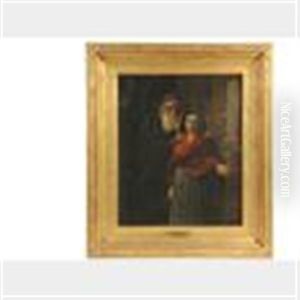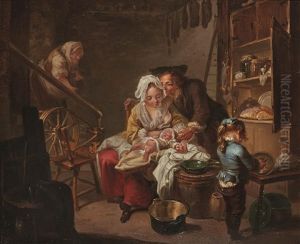Johann Eleazar Schenau Paintings
Johann Eleazar Schenau, also known as Johann Eleazar Zeissig, was a German rococo painter and engraver born on November 7, 1737, in Großschönau, Saxony. He was known for his genre scenes, portraits, and allegorical compositions. Schenau showed an early interest in art and was apprenticed to a local painter before moving to Dresden to study at the Dresden Academy of Fine Arts. His talent was recognized by the court painter, Charles Hutin, under whom he studied.
Schenau's works were characterized by their delicate and graceful style, typical of the Rococo era. He was influenced by French Rococo artists, such as Antoine Watteau and François Boucher, which is evident in his light-hearted, elegant subjects and the soft, pastel colors he often used.
In 1765, Schenau became a professor at the Dresden Academy, and later, he was appointed as the director. His role at the academy allowed him to influence a generation of German artists. During his tenure, he promoted the French Rococo style, which was seen as modern and fashionable at the time.
Schenau enjoyed the patronage of the Saxon court and other European nobility, which enabled him to work on a variety of commissions. Despite his success as a painter, Schenau was also a talented draftsman and engraver. He created illustrations for books and reproductive prints after his own paintings, which contributed to the spread of his fame beyond his native Saxony.
Johann Eleazar Schenau's reputation extended throughout the German states and even reached Russia. He was invited by Catherine the Great to come to Russia, but he declined the offer, preferring to stay in Dresden.
Schenau's art fell somewhat out of favor after his death on August 23, 1806, as tastes shifted towards Neoclassicism and Romanticism. However, his contributions to the Rococo movement in Germany and his role in art education at the Dresden Academy have been recognized by art historians. Today, his works can be found in various museums and art collections, illustrating the charm and refinement of the Rococo period.
